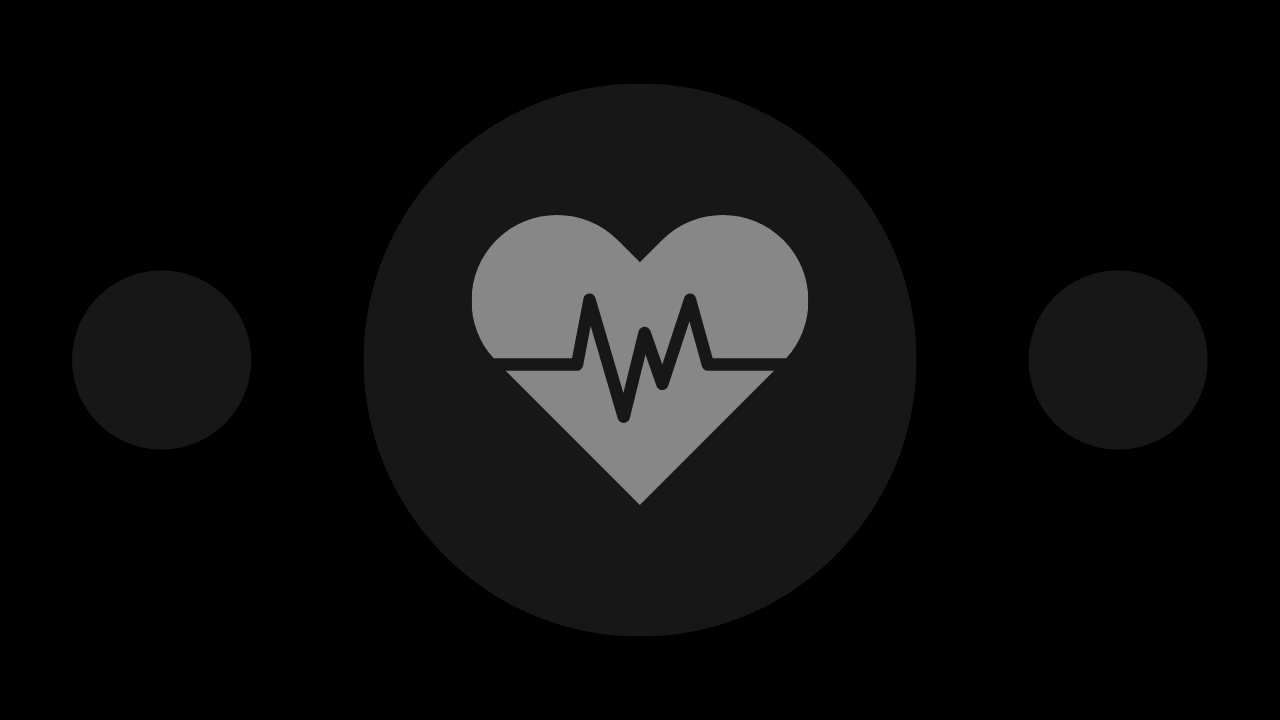Metaverse Use Cases in Gaming
An in-depth guide to metaverse use cases in gaming, complete with explanations and useful pointers.
An in-depth guide to metaverse use cases in healthcare, complete with explanations and useful pointers.
Written by Dapperito Team

The concept of the metaverse, a collective virtual shared space created by the convergence of virtual and physical reality, has captured the imagination of technologists and futurists alike.
As healthcare continues to evolve in the digital age, the potential of the metaverse to revolutionize medical care delivery and patient experiences is becoming increasingly apparent.
The current healthcare landscape is marked by challenges such as accessibility, rising costs, and the need for more personalized care.
The metaverse offers a unique opportunity to address these issues by creating immersive, interactive, and highly customizable virtual environments for various healthcare applications.
These are some of the potential use cases for metaverse technology in healthcare sector.
One of the most promising applications of the metaverse in healthcare is in the realm of medical training and education. The immersive nature of virtual reality (VR) and augmented reality (AR) technologies allows for unprecedented learning experiences:
Medical students can explore detailed 3D models of the human body, gaining a deeper understanding of anatomical structures and their relationships.
Trainee surgeons can practice complex procedures in risk-free virtual environments, honing their skills before operating on real patients.
Healthcare professionals can attend virtual conferences, participate in workshops, and collaborate with colleagues from around the world, breaking down geographical barriers to knowledge sharing.
Patients and doctors can meet in virtual clinics that closely mimic real-world medical settings, fostering a sense of presence and improving communication.
Wearable devices and sensors can feed real-time health data into the metaverse, creating interactive visualizations that help both patients and healthcare providers better understand and manage health conditions.
Patients can engage in guided exercises and therapy sessions in virtual environments, with real-time feedback and progress tracking.
Patients can join support groups or attend therapy sessions in comfortable, customizable virtual spaces, potentially reducing the stigma associated with seeking mental health care.
Controlled virtual environments can be used to gradually expose patients to their fears or traumatic triggers in a safe, controlled manner.
Immersive virtual landscapes can provide calming environments for meditation and stress reduction exercises.
Surgeons can interact with detailed 3D models of patient anatomy, allowing for more precise surgical planning.
Specialists from different fields can come together in virtual spaces to plan complex surgeries, regardless of their physical locations.
Experienced surgeons can provide real-time guidance to colleagues during procedures using AR overlays and virtual presence.
Patients with chronic conditions can learn about their diseases and management strategies through engaging, gamified experiences.
Patients can familiarize themselves with hospitals or clinics before visits, potentially reducing anxiety and improving the overall experience.
Virtual reality games and experiences can encourage physical activity, proper nutrition, and other healthy behaviors.
Researchers can visualize and manipulate complex molecular structures in 3D space, potentially leading to faster drug discovery.
Virtual patient populations can be used to model drug efficacy and side effects, potentially reducing the time and cost of clinical trials.
Scientists from around the world can work together in shared virtual laboratories, fostering innovation and knowledge exchange.
Individuals with physical disabilities can navigate virtual healthcare environments more easily, potentially improving access to care.
Real-time translation and cultural context can be integrated into virtual healthcare experiences, breaking down language and cultural barriers.
Virtual environments can be tailored to meet the specific needs and preferences of different patient populations.
Designers can create and test virtual prototypes, reducing development time and costs.
Healthcare providers and patients can practice using new devices in virtual environments before implementing them in real-world settings.
Technicians and healthcare providers can receive immersive training on the proper use and maintenance of complex medical equipment.
Public health officials can use virtual simulations to model disease spread and test different intervention strategies.
First responders and healthcare workers can train for large-scale emergencies in realistic virtual environments.
Immersive experiences can be used to educate the public about health risks and prevention strategies.
The collection and storage of sensitive health data in virtual environments raise important privacy and security considerations.
Ensuring equitable access to metaverse technologies across diverse populations and healthcare systems will be crucial.
The use of the metaverse in healthcare will require careful consideration of existing regulations and the development of new ethical frameworks.
The combination of the metaverse with artificial intelligence, blockchain, and other cutting-edge technologies could lead to even more powerful healthcare applications.
The metaverse could help bridge gaps in healthcare access and quality across different regions and populations.
Virtual environments could enable highly personalized treatment plans and health management strategies based on individual patient data and preferences.
The metaverse has the potential to transform nearly every aspect of healthcare, from medical education and training to patient care and public health initiatives.
By creating immersive, interactive, and highly customizable virtual environments, the metaverse can address many of the challenges facing modern healthcare systems.
As we look to the future, the integration of the metaverse into healthcare promises to improve patient outcomes, enhance medical training, accelerate research and development, and potentially create more equitable access to high-quality care.
While challenges remain, the potential benefits of this technology in healthcare are too significant to ignore. As the metaverse continues to evolve, it will undoubtedly play an increasingly important role in shaping the future of medicine and patient care.
Other articles from our collection that you might want to read next.
An in-depth guide to metaverse use cases in gaming, complete with explanations and useful pointers.
An in-depth guide to metaverse use cases in real estate, complete with explanations and useful pointers.
An in-depth guide to metaverse use cases in remote work, complete with explanations and useful pointers.
Get curated weekly analysis of major developments, disruptive innovations, and interesting projects in blockchain, crypto, and the metaverse. All in one place, all prepared by experts.